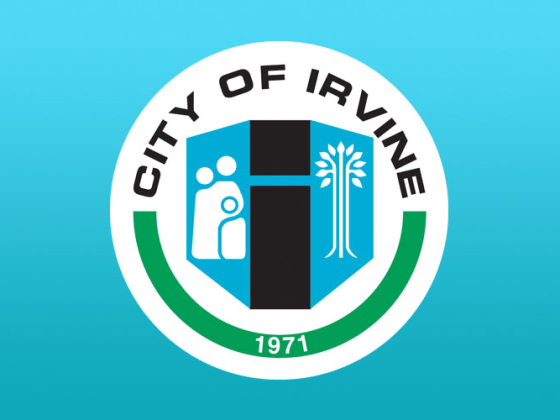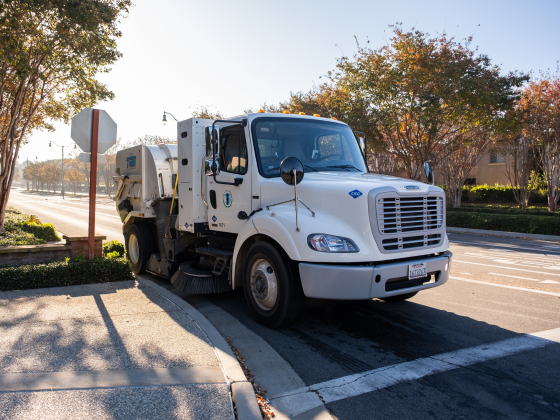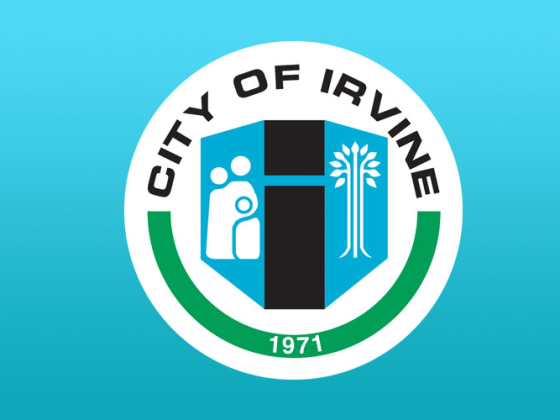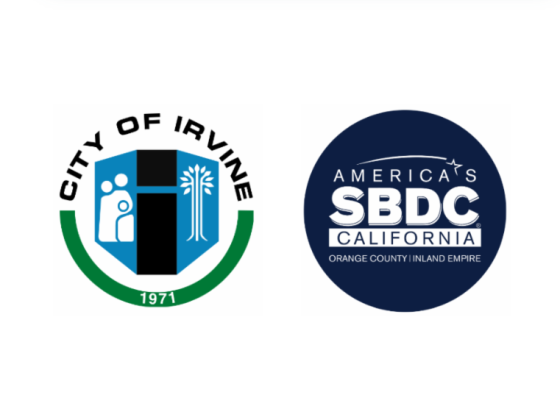The driving force for the Housing Element Update (HEU) is the RHNA allocation, in which the California Department of Housing and Community Development (HCD) estimates each region’s housing need for all income groups for the upcoming eight years. HCD has determined the housing need for the region to be 1,341,827 units. In turn, the Southern California Association of Governments (SCAG), which is the Metropolitan Planning Organization serving Imperial County, Los Angeles County, Orange County, Riverside County, San Bernardino County, and Ventura County, has taken this number and allocated each city and county in the region with its share using their developed methodology.
In September 2020, SCAG officially released the draft RHNA allocation to each jurisdiction. The RHNA represents the minimum number of housing units Irvine is required to plan for in its housing element by providing “adequate sites” through general plan and zoning. The City of Irvine’s portion of the SCAG’s RHNA for the 2021-2029 Housing Element is 23,554 units total.
On October 26, 2020, the City filed an appeal of its RHNA allocation to reduce our allocation of 23,554 housing units by 8,259 total units. The appeal is posted on SCAG’s housing webpage and at the City’s dedicated RHNA webpage here. The City Council has determined that this number was calculated in a manner that did not follow state housing laws and is requesting an adjustment of the City’s housing responsibility. Following the completion of the RHNA appeal process, SCAG plans to adopt the final allocation in February/March 2021.
SCAG’s draft RHNA allocation for Irvine is flawed because it is based on:
- Inaccurate transit assumptions based on conceptual stops and associated High Quality Transit Area not prorated to accurately reflect the population within the half mile radius of a HQTA stop;
- Unfair redistribution of units from other jurisdictions in Orange County;
- Incorrect assumptions regarding non-buildable areas that exist in the City, such as wildfire-prone areas, protected open space, and land covered by development agreements;
- The total regional determination for the SCAG region of 1.34 million units that violates state law;
- The RHNA is inconsistent with SCAG’s Sustainable Communities Strategy and further disregards local input provided by Irvine, a violation of state law; and
- A significant change in circumstances through job loss and job accessibility due to COVID-19.
On January 25, 2021, the RHNA Appeals Board denied the City’s appeal. Of the 52 RHNA appeals filed, only two were approved, totaling 3,132 housing units. Per state housing law and the RHNA appeals procedures, these units were redistributed proportionally to all jurisdictions throughout the region. Therefore, all jurisdictions saw a slight increase in their RHNA allocation. The City of Irvine’s RHNA allocation increased from 23,554 to 23,610.
The decision of the RHNA Appeals Board is final and cannot be further appealed to the Regional Council.
On March 4, 2021, SCAG’s Regional Council adopted the 6th Cycle Final RHNA Allocation Plan.
The City’s allocation is broken down by income group as follows:
| Income Category (% of County *Area Median Income | Units |
|
Category 1 (0% - 50%) |
6,396 |
| Category 2 (51% - 80%) | 4,235 |
| Category 3 (81% - 120%) | 4,308 |
|
Category 4 (120% or more a.k.a. “market rate”) |
8,671 |
| TOTAL | 23,610 |
* The Area Median Income (AMI) is the midpoint of a region’s income distribution – half of families in a region earn more than the median and half earn less than the median. For housing policy, income thresholds set relative to the area median income—such as 50% of the area median income—identify households eligible to live in income-restricted housing units and the affordability of housing units to low-income households.
A challenge for Irvine will be meeting the extremely low to low income unit allocations. It is anticipated that more units than the RHNA allocation will need to be planned for in order to realistically accommodate the required affordable units.
Additional RHNA resources:
For additional information and resources about RHNA, including methodology and its development timeline, visit SCAG’s website at www.scag.ca.gov.
For an introduction to RHNA, please view the short video here.
For a brief overview of the RHNA allocation process, please view the video here.
For an overview of the RHNA process, please view the SCAG RHNA 101 webinar here.








